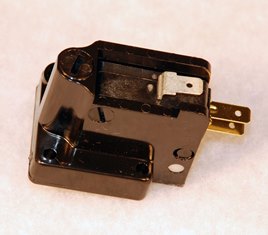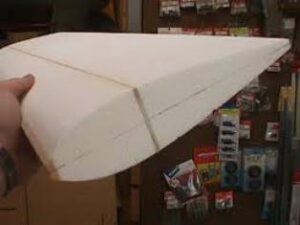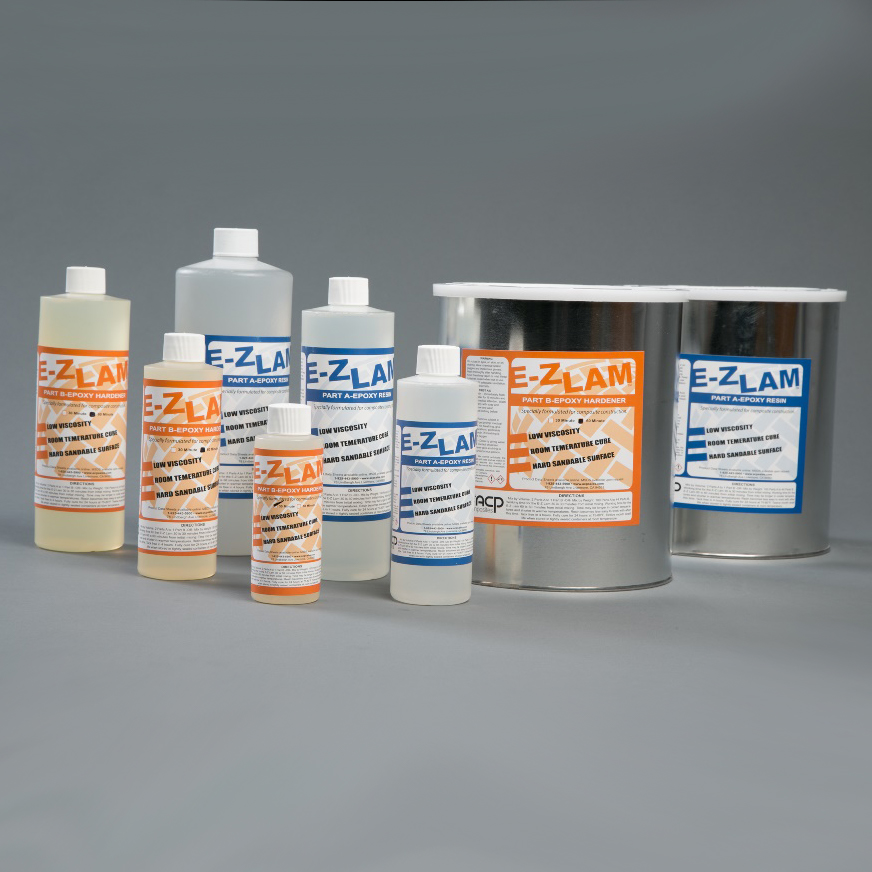Preventing Air Bubbles in Epoxy Resin
Epoxy Resins are formulated for many applications. Whether used with composites, as a clear coat or in arts and crafts, epoxy resins are designed to provide a hard, durable surface that is an excellent moisture barrier. The correct resin formulation should always be used for its intended use. Our epoxy resins are specialty formulated for composite construction and should not be used as a final finish coating.
A perfect epoxy coating isn’t always necessary, especially when additional finishing work is required. However, the better shape the epoxied surface is in, the easier it will be to achieve a beautiful finish. The key is to creating a smooth, flat epoxy surface while avoiding blemishes, such as bubbles. This also reduces the amount of sanding needed during the finishing process.
No matter the application, avoiding blemishes in the finish requires careful preparation of the surface and attention to detail when mixing and applying the resin.
Preparing the Surface
Proper surface preparation is one of the most important steps when working with epoxy. The surface should be cleaned of any contaminates such as wax or paint. Cleaning can be done with water or a solvent recommended by the epoxy resin manufacturer. Solvents must be completely dry on the surface prior to coating it, because they may de-gas as the resin is applied and cause bubbles to form. So, avoid using solvents immediately before applying the epoxy.
Sand the surface smooth. Vacuum the surface before coating. If a glossy surface is the goal, try sanding the surface in room different from where the resin will be applied. Small particles, on the surface or in the air, will affect the surface finish.
If coating wood, it is important to understand outgassing. The air in the wood will expand and “outgas” while the wood temperature is rising, resulting in bubbles. To prevent outgassing, heat the wood and apply the epoxy while the wood is cooling. The air in the wood will contract, drawing the resin in. The opposite happens when the epoxy is applied to the wood as it is warming. Avoid applying resin in the morning, in the sunlight, near a heater or anytime the ambient temperature is rising.
Also make sure that when coating wood that has been stained, that the wood stain is compatible with the epoxy resin. Some stains prevent the epoxy from penetrating the wood and will cause the epoxy to fisheye or peel off after it’s cured.
Mixing the Resin
When mixing the resin with the hardener, gently fold the hardener into the resin. Do not whip it together. This fast action will allow air to enter into the mixture which will form bubbles. Resins with longer working times are ideal because they allow the mixture to be combined slowly, carefully and thoroughly without injecting any air.
Applying the Resin
The different methods for applying resin include pouring, rolling or brushing it onto the surface.
Pouring resin is best for flat surfaces. When pouring the resin, most manufacturers suggest a single layer of resin should be no thicker than 1/8 inch. Thicker amounts can quickly overheat or “exotherm” during the cure cycle. If a final thickness greater than 1/8 inch is required, wait until the first layer is cured to the point where it’s firm and about as tacky as masking tape. Then apply the next layer on top.
If a resin is being poured to encapsulate an item in resin, the flow coating method should be used. In this method resin is poured from the bottom of a container, resulting in the fewest bubbles. Secure items with decoupage glue to prevent items from floating in the resin.
If your surface is curved or vertical, pouring the resin will cause it to run. Rolling or brushing the resin on is best advised for these types of surfaces.
Applying resin on with an epoxy roller is a quick, convenient method to apply a thin, even coat to any surface. The rollers can be rolled in any direction which allow for great control of how the resin is applied. There are different types of roller covers available. A foam roller cover is the most common. The main downside is that with vigorous back and forth motions, the foam covers will produce foam in the resin. Allowing the foam roller cover to absorb resin prior to applying resin to a surface will help to eliminate foam and air bubbles in the resin. When using a foam roller, it is recommended to use the roll and tip method to achieve a smooth surface. After rolling the resin onto the surface with the foam roller, drag the tip of dry foam roller across the surface. This will smooth out and runs and requires less sanding of the surface.
ACP’s Epoxy Roller Covers are another roller cover option. They are specifically designed for use with epoxy resin. The phenolic core will not deteriorate when wetted with the epoxy and the textured surface enhances the wetting out of fabrics.
For smaller surfaces, brushing resin on the surface can be used. Brushes are a disposable, economical way to apply resin. However, this method is a slower application method and may produce an uneven, irregular surface. More sanding may be required than with other methods. Brushes are not ideal for “working” the resin into the weave of fabrics. They do allow for resin to be applied to tighter areas and produce little foam during application. When brushing resin onto a surface, the brush should be thoroughly wetted with the resin or air bubbles can form in the brush and be introduced into the resin mixture.
For certain applications a spreader or squeegee may be used. However, the best recommend use for them is to insure fabrics are fully wetted out and to allow any excess resin to be removed. When working with fabrics, be sure to fully wet out the fabric with the resin so all the air is displaced and every fiber is wet.
View ACP’s wide selection of resin mixing supplies at Mixing Supplies and Brushes & Rollers.
If Bubbles Appear
After applying resin to a surface, examine for bubbles. If the resin is still wet, heat can be applied to draw air bubbles to the surface. A variety of tools can be used, including those with and without flame. Check to see if the brand of resin being used is flammable. Most epoxy resins are flammable and a flame should never be placed directly on the surface.
To remove small bubbles when the resin is wet, apply the heat directly above the bubbles and it should vent out and fill with resin. This can be done with a low-intensity flame such as a cigarette lighter, a propane torch or heat gun. Using a propane torch also lowers the viscosity of the surface and flattens it out a bit. However it is not recommend for use with epoxy coated bare wood, due to outgassing.
If a heat source is not recommended, try breathing or blowing gently thorough a straw above the areas that have bubbles. Denatured alcohol may also be used. Test it on a small area first because the denatured alcohol can blush (whiten) the resin system. Spraying a fine mist over the surface will pop air bubbles as well as lower the viscosity of the surface and flatten it out. The denatured alcohol evaporates fairly quickly and does not cause air bubbles to spread.
For slightly larger bubbles, a pin or needle can be used. While the resin is still wet, push the pin or needle into the bubble, then wobble it back and forth to allow the bubble to reach the surface. It should vent out and the bubble will disappear as it fills with resin.
Use a drill to remove bubbles after the epoxy has hardened. Drill a small hole where the bubble is. Clean any debris and apply an additional layer of resin to fill any holes.




